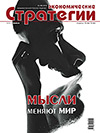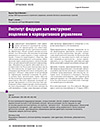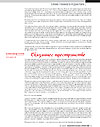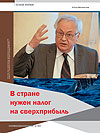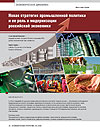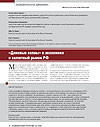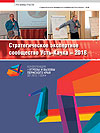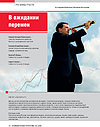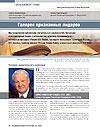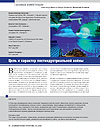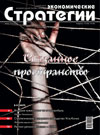

The study is devoted to comparing the characteristics of the macroeconomic dynamics of the US, Germany, China and Russia, with the goal of establishing not only differences and similar elements of this dynamics, but also identifying the most expedient ways to further implement the instruments of the macroeconomic policy pursued. Counteraction to the economic crisis presupposes institutional corrections, since the standard recipes of macroeconomic policy are weak in changing the situation, since the importance of, for example, financial institutions, the banking system, etc. However, the coherence of macroaggregates needs to be taken into account, moreover, it has its own peculiarities in each country, thus, the general methods of macroeconomic policy require detailed elaboration based on the development task and the current dynamics. The expediency of a moderately expansionary monetary policy for the Russian economy is shown, and the comparative and comparative method of analysis confirms that the USA and Russia demonstrate a similar dynamics of macroaggregates in general properties, Germany and China are also close to each other, although some parameters and connections are different. However, in the US and Russia (Fisher’s growth model), the decline in inflation has little effect on growth, in Germany and China, growth is accompanied by inflation (Schumpeter’s growth). The result of the comparative analysis using the matrix of pair correlations and obtained regressions should be used to correct macroeconomic policy measures in the countries examined. In addition, this comparison will prevent governments from mechanically copying macroeconomic instruments.
Продолжить чтение


